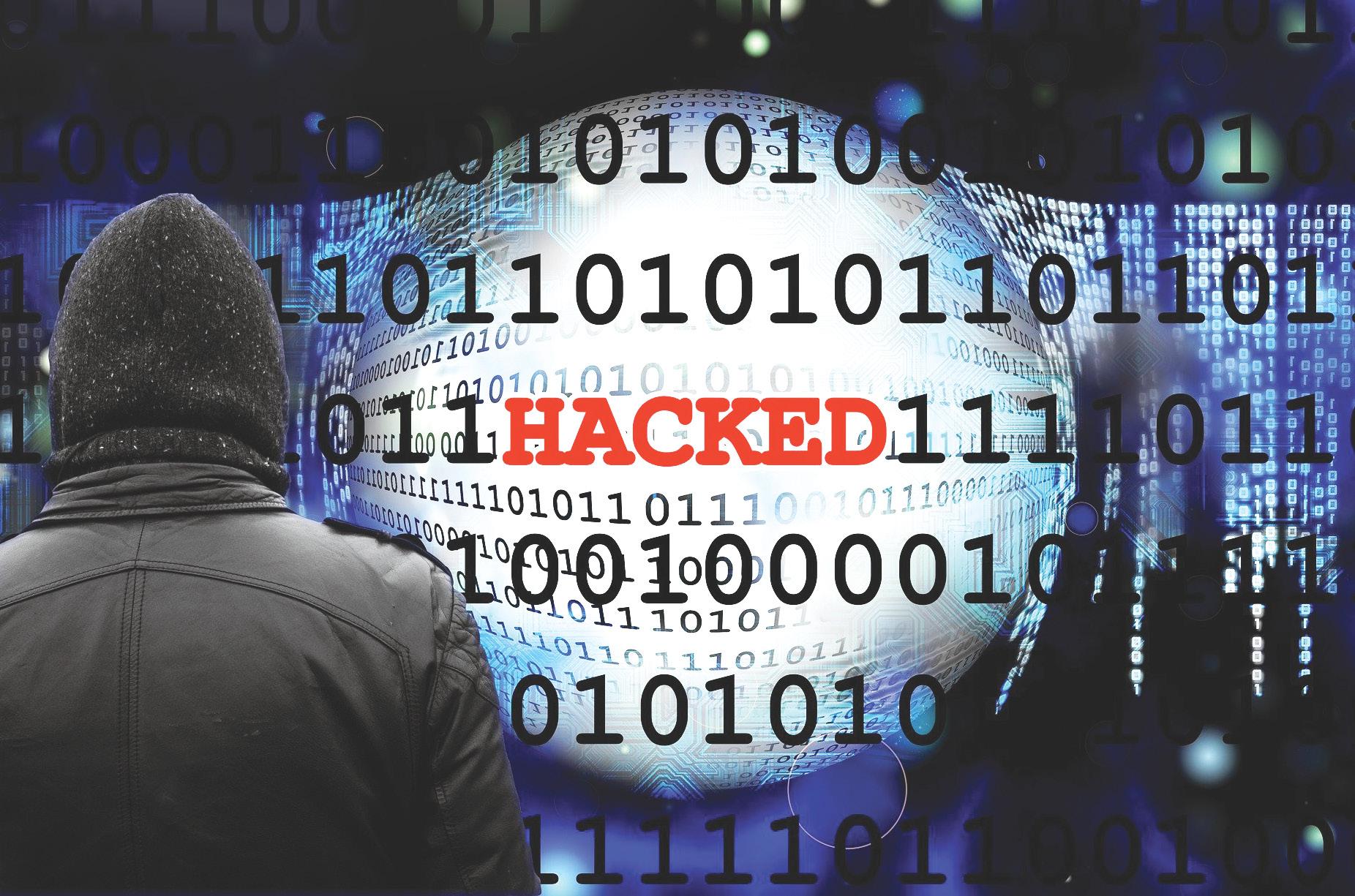
4 minute read
Be Productive
Cyberattacks are on the rise, but there are ways to protect your valuable systems and data
IIs your business vulnerable to a cyberattack? If you use the internet, it is.
Cyberattacks are attempts to access or damage a computer system. They come in various forms, but the most common are hacking and malware threats. Hacking can be done in several ways and involves criminals gaining unauthorized access to your systems, which allows them to view and change information. Malware (short for “malicious software”) is “designed to cause damage to a single computer, server or computer network,” according to Microsoft. It often “infects” a computer when a user clicks on an unknown link in an email that installs a virus, trojan horse or worm.
Once hackers gain access, they can wreak havoc. Currently, a popular method of attacking systems is through the use of ransomware that encrypts files. Payment is demanded in exchange for the decryption
Employees should be trained on how to handle information and on the best practices to prevent cyber risks. They should also know the warning signs of an attack and what to do in the event of one. “Establish rules of behavior describing how to handle and protect customer information and other vital data,” said the Federal Communications Commission.
key. The consequences can be significant, as highlighted by the recent $5 million Colonial Pipeline paid in ransom to the hackers who shut down its pipeline. The ripple effects can spread far beyond the original victim, such as the gas shortages on the East Coast that resulted from the pipeline attack, or the shortage of meat after a similar cyberattack on JBS.
While it could be easy to dismiss these attacks because they happened to large corporations, experts say you shouldn’t. Companies of all sizes are potential targets. Recent data shows that hackers attack a computer in the United States every 39 seconds, and one in four businesses face the risk of a security breach. A release by the Small Business Committee of the U.S. House of Representatives showed that 71% of cyberattacks occur at businesses with fewer than 100 employees.
Stay up to date and back up data
The prospects of your business being hit with a data breach or ransomware are real. However, there are steps you can take to protect it from cyberattacks. Most are basic, easy-to-follow practices such as keeping anti-virus software updated.
“It’s not clear yet which of Colonial Pipeline’s systems were compromised by hackers. But many ransomware attacks in the past have been deployed against outdated operating systems and legacy applications that don’t have the latest security patches and software updates in place,” according to a CMIT Solutions article titled “Gas Shortages Highlight the Severity of Ransomware Threat.” “Working with a trusted IT (information technology) provider, this process can be automated to run behind the scenes, keeping your computers safe without interrupting your employees’ day-to-day work.”
You need to be proactive, according to Murray Goldstein, vice president of marketing & sales operations at Cox Business, in the article “4 Ways Small Businesses Can Protect Themselves from Cyber Attacks.” Doing so will help to protect your company against new threats and make sure your infrastructure is secure. Goldstein stated that precautions should include:

There are steps you can take to protect your business from cyberattacks. Among the most basic, easy-to-follow practices is keeping anti-virus software updated.
• Using a Firewall for your internet connection. • Installing, using and regularly updating anti-malware, anti-virus and anti-spyware software on every computer in your business. • Downloading and installing software updates as they become available. • Securing your workplace Wi-Fi networks within the office and ensuring employees working outside the office are logged in with secure connections. • Monitoring your systems continuously to detect potential problems. In addition to staying up to date, it’s essential to have data backed up. A recent article by Mark Rosanes for Insurance Business titled “Ten Ways to Protect Your Business from Cyberattacks” said that data backup is among the most cost-effective ways of making sure information is recovered in an event of a cyber incident or computer issues. Recommendations include using multiple backup methods, such as daily incremental backups to a portable device or cloud storage, as well as end-of-week, quarterly and yearly server backups.
Train your employees
prevent cyber risks. They should also know the warning signs of an attack and what to do in the event of one.
“Establish basic security practices and policies for employees, such as requiring strong passwords, and establish appropriate internet use guidelines that detail penalties for violating company cybersecurity policies,” says the Federal Communications Commission (FCC). “Establish rules of behavior describing how to handle and protect customer information and other vital data.”
If an attack occurs, you can limit the damage, according to the FCC. It recommends immediately changing passwords; scanning and cleaning devices; turning off the device and possibly taking it to a professional to scan and fix; letting the IT department know immediately; and contacting banks, credit card companies and other financial accounts.
“As cybersecurity threats evolve and the general public becomes more aware of ransomware’s impact, businesses across North America can leverage this moment to better protect their information and operations,” said CMIT Solutions. “However, that can only happen if we take ransomware more seriously.” ■










